Ancient Greek sculptor Phidias was among the great artists of the classical world. He was born in Athens in approximately 490 BC and lived during the golden age of Athenian culture. In the 5th century BC, under the reign of Pericles, Athens dominated all of Greece. As a friend and counselor to Pericles, Phidias was rewarded with important art commissions that contributed to Athens’ already flourishing urban culture. Many of his works have been lost and are known only through descriptions in literary sources or from copies created by other artists of the ancient world. But the marble sculptures of the Parthenon, considered masterpieces of classical culture, still endure.
Phidias’ art exalted ideal beauty, extending beyond pleasant appearances to express the highest cultural values of ancient Athens.
The Greek ideal was perfect harmony between beauty and moral virtues, between ethics and esthetics. Though he began as a painter, Phidias distinguished himself as a sculptor, mastering every material and form available to him.His first works were dedicated to the goddess Athena. Literary sources celebrated the statue Athena Promachos, an imposing bronze statue, and the Lemnian Athena, which represented the goddess in a pensive pose. Both were located in the Acropolis, but have been lost to time. For the Temple at Olympia, Phidias made a giant likeness of Zeus that was considered one of the Seven Wonders of the World. The gold and ivory statue stood 12 meters tall. Phidias also depicted current events. One of his representative masterpieces focused on the heroes of the Battle of Marathon, in which Greek soldiers repelled a Persian onslaught.
Already considered the greatest artist of his time, Phidias’ stature rose further when Pericles asked him to supervise the building of the Parthenon, the majestic temple intended to sit atop the Acropolis in Athens. Phidias was given full control over how to decorate the temple. He created scenes of divinities and battlefields that surround the temple’s vast perimeter. The interior friezes depicted the Panathenaic procession in honor of the goddess Athena. The pediments of the Parthenon, displaying powerful and expressive renderings of the deities, also make a distinct impression on visitors. Phidias made the gold and ivory Athena Parthenos specifically for the temple, dedicating it to the virgin goddess. In his waning years, Phidias became a victim of the political squabbling underway as part of an effort to discredit Pericles. Accused of various crimes against the state, Phidias was jailed and exiled. He died around 430 BC.
Phidias’ art exalted ideal beauty, extending beyond pleasant appearances to express the highest cultural values of ancient Athens.
The Greek ideal was perfect harmony between beauty and moral virtues, between ethics and esthetics. Though he began as a painter, Phidias distinguished himself as a sculptor, mastering every material and form available to him.His first works were dedicated to the goddess Athena. Literary sources celebrated the statue Athena Promachos, an imposing bronze statue, and the Lemnian Athena, which represented the goddess in a pensive pose. Both were located in the Acropolis, but have been lost to time. For the Temple at Olympia, Phidias made a giant likeness of Zeus that was considered one of the Seven Wonders of the World. The gold and ivory statue stood 12 meters tall. Phidias also depicted current events. One of his representative masterpieces focused on the heroes of the Battle of Marathon, in which Greek soldiers repelled a Persian onslaught.
Already considered the greatest artist of his time, Phidias’ stature rose further when Pericles asked him to supervise the building of the Parthenon, the majestic temple intended to sit atop the Acropolis in Athens. Phidias was given full control over how to decorate the temple. He created scenes of divinities and battlefields that surround the temple’s vast perimeter. The interior friezes depicted the Panathenaic procession in honor of the goddess Athena. The pediments of the Parthenon, displaying powerful and expressive renderings of the deities, also make a distinct impression on visitors. Phidias made the gold and ivory Athena Parthenos specifically for the temple, dedicating it to the virgin goddess. In his waning years, Phidias became a victim of the political squabbling underway as part of an effort to discredit Pericles. Accused of various crimes against the state, Phidias was jailed and exiled. He died around 430 BC.
RELATED


STEVEN SPIELBERG


PYOTR ILLYCH TCHAIKOVSKY


GIUSEPPE PENONE
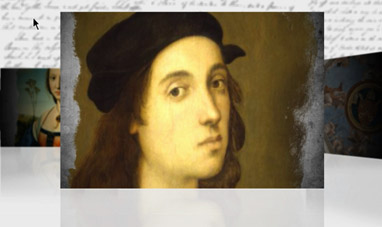

RAPHAEL


THE ILIAD


WOODY ALLEN
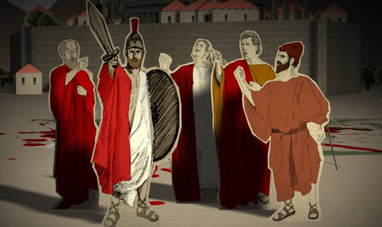

PERICLES


JOHANNES BRAHMS


FRANK LLOYD WRIGHT
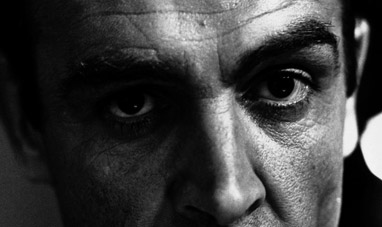

SEAN CONNERY


INGMAR BERGMAN
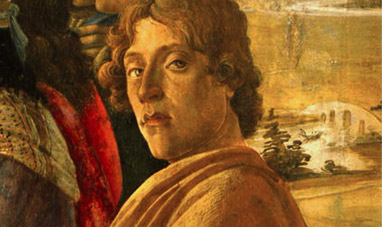

SANDRO BOTTICELLI
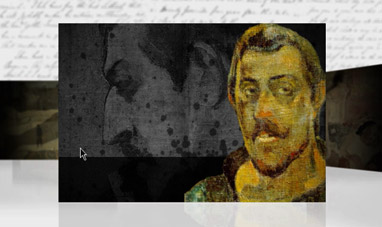

PAUL GAUGUIN


FRANK GEHRY
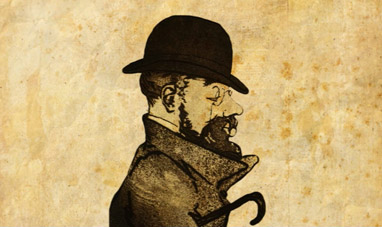

HENRI DE TOULOUSE-LAUTREC


THE ACROPOLIS IN ATHENS


GIULIO PAOLINI


ALESSANDRO MANZONI
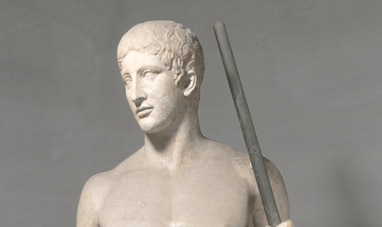

POLYCLEITUS
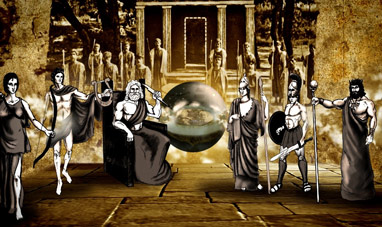

GREEK MYTHOLOGY


GIAN MARIA VOLONTÉ
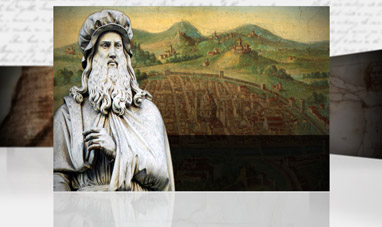

LEONARDO DA VINCI
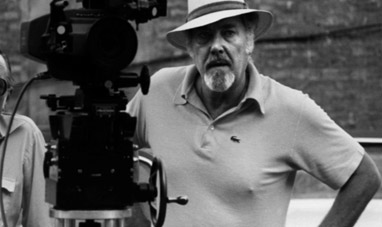

ROBERT ALTMAN


KATE MOSS
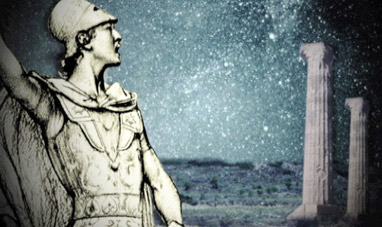

ALEXANDER THE GREAT


ADOLF LOOS


BRUCE CHATWIN


VITTORIO DE SICA


FRANCESCO BORROMINI


JOAN CRAWFORD
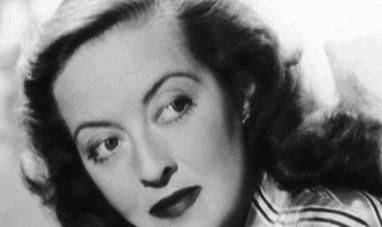

BETTE DAVIS
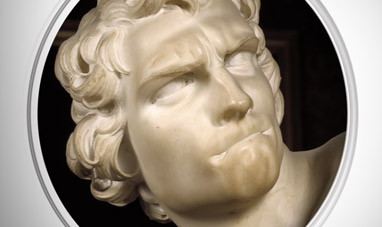

DAVID (BERNINI)


GÜNTER GRASS


LYSIPPOS


ERNST LUDWIG KIRCHNER


DANIEL LIBESKIND
